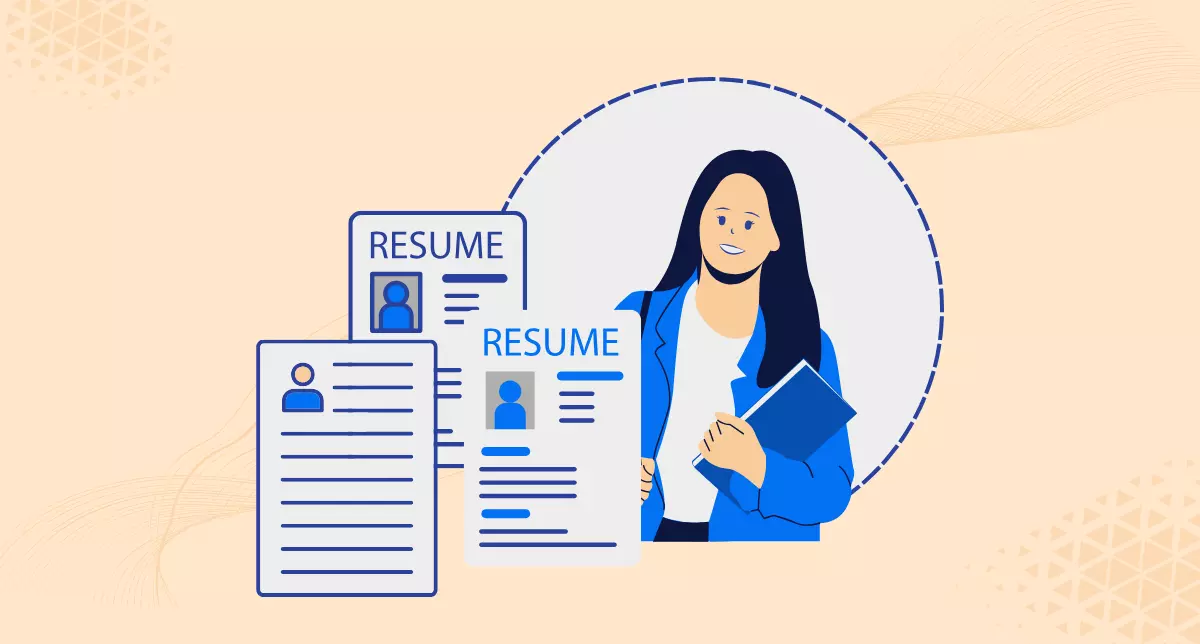Crafting a standout resume is a critical skill for students as they enter the job market or seek internships. With employers often sifting through hundreds of applications, having a resume that captures attention and highlights your unique strengths is essential. Here’s how to create a resume that stands out from the crowd.
1. Start with a Strong Objective or Summary
Begin your resume with a compelling objective or summary statement. This brief section should capture your career goals and what you aim to bring to the table. For students, this might include your major achievements, relevant skills, and what you hope to gain from the position. Tailor this statement to each job application to demonstrate your genuine interest.
2. Highlight Relevant Coursework and Projects
As a student, your work experience might be limited, but you can still showcase your skills through coursework and projects. List relevant classes, certifications, and academic projects that relate to the job you’re applying for. Be specific about your role in these projects and the skills you developed. For example, if you worked on a group project involving data analysis, highlight your contributions and the tools you used.
3. Showcase Your Skills and Competencies
Employers are looking for specific skills that align with the job role. Create a skills section where you list both hard and soft skills relevant to the position. Hard skills might include technical abilities, such as proficiency in Microsoft Excel or coding languages, while soft skills might include communication, teamwork, and problem-solving. Use bullet points for clarity and include examples of how you’ve applied these skills.
4. Incorporate Quantifiable Achievements
Whenever possible, quantify your achievements. Numbers and statistics can make your accomplishments more tangible. For instance, if you led a student organization, mention how many members you managed or any specific results from your leadership, like increased membership or successful events. This helps employers gauge the impact of your contributions.
5. Include Relevant Experience
Even if your experience isn’t directly related to the job, include any internships, part-time jobs, volunteer work, or extracurricular activities. Focus on transferable skills and responsibilities that are applicable to the position you’re applying for. Use action verbs and be concise about your role and achievements in each position.
6. Tailor Your Resume for Each Application
Customize your resume for each job application. Analyze the job description and incorporate relevant keywords and phrases. This not only helps in passing through Applicant Tracking Systems (ATS) but also demonstrates to employers that you’ve paid attention to the job requirements.
7. Keep the Design Professional and Readable
A clean, professional design is crucial. Use a standard font like Arial or Times New Roman, and keep the font size between 10 and 12 points. Ensure there’s plenty of white space to make the document easy to read. Use headings and bullet points to break up text and highlight key information.
8. Proofread for Errors
Carefully proofread your resume to catch any spelling or grammatical errors. Mistakes can make you appear careless and unprofessional. Consider asking a mentor, professor, or peer to review your resume as well, as they might spot errors you missed or offer valuable feedback.
9. Include Contact Information and Links
At the top of your resume, clearly list your contact information, including your phone number and email address. Additionally, if you have a LinkedIn profile or an online portfolio, include these links. This allows employers to easily access more information about you and your work.
10. Keep It Concise
For students, a one-page resume is often sufficient. Focus on including only the most relevant information that aligns with the job you’re applying for. Avoid overloading your resume with unnecessary details or irrelevant experiences.
Conclusion
Creating a resume that stands out involves presenting your strengths and experiences in a clear, tailored, and professional manner. By following these tips, students can craft a compelling resume that catches the eye of employers and increases their chances of landing the desired job or internship. Start early, refine your resume as you gain more experience, and always be prepared to adjust it for each new opportunity.
